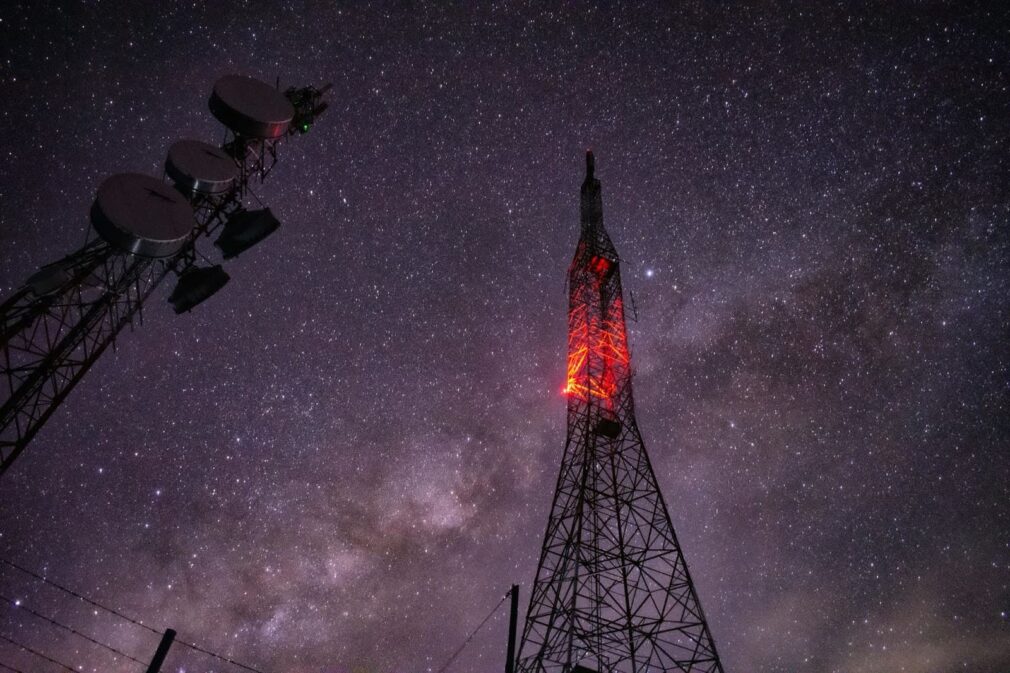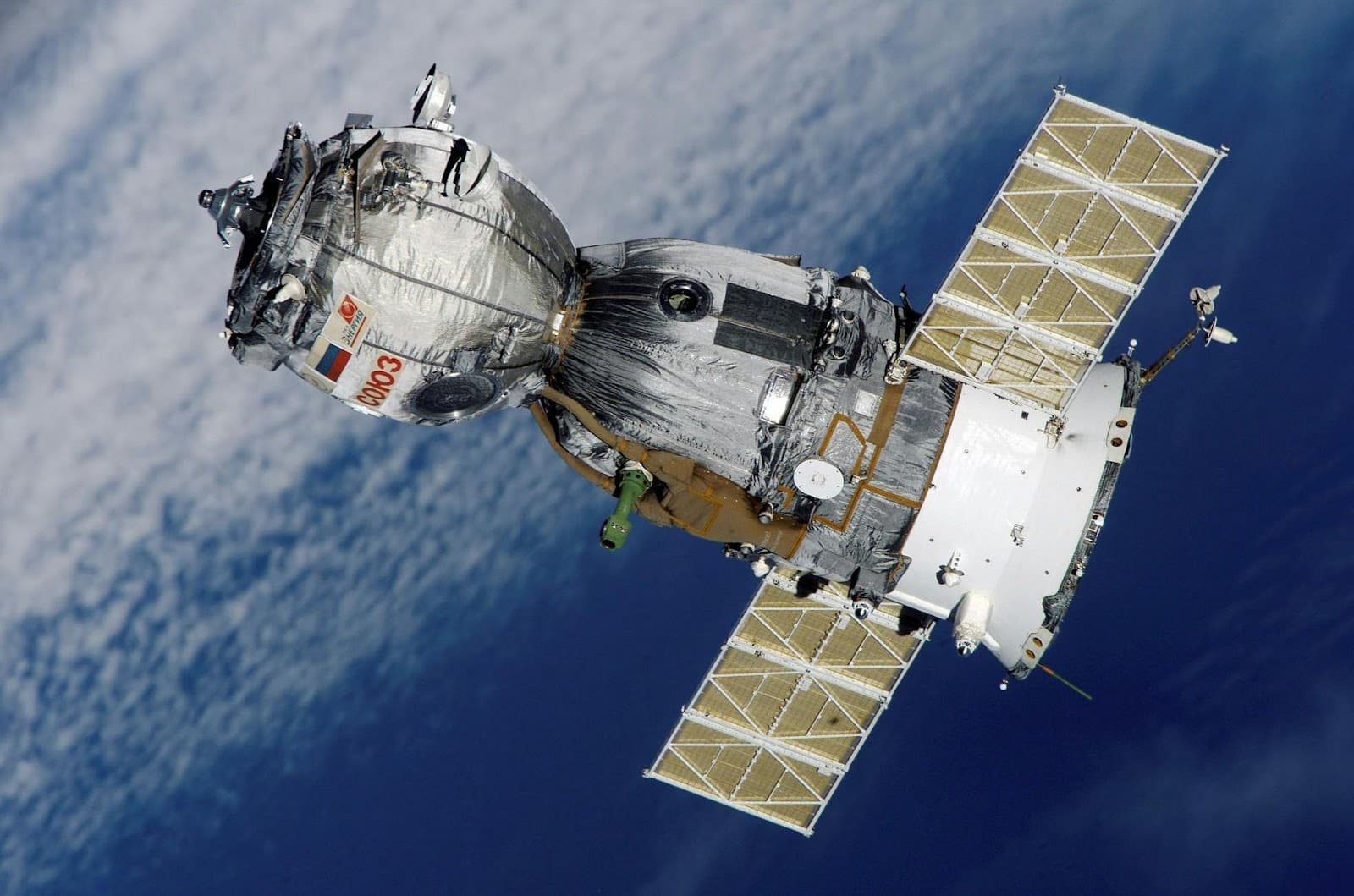War has always been shaped by technology, and in the modern era, satellites have become one of the most powerful tools in military operations. From reconnaissance and communication to missile guidance and cyber warfare, satellites play an integral role in defense strategies worldwide. But how did we reach the point where battles can be influenced by something orbiting thousands of kilometers above Earth? Just like CasinosSinLicenciaEspana.com provides critical insights for players navigating the online gaming world, military satellites provide commanders with vital real-time data that can determine the success or failure of an operation. The question is: how much of modern warfare truly depends on these unseen eyes in the sky?
How Satellites Shape Military Strategy
Satellites provide a crucial advantage in military operations by offering global coverage, real-time intelligence, and secure communication channels. Their ability to operate beyond traditional battlefield limitations makes them indispensable for modern warfare. Key Military Uses of Satellites
| Function | Purpose | Impact on Warfare |
|---|---|---|
| Reconnaissance | Monitoring enemy movements, detecting threats | Provides real-time situational awareness |
| Communication | Encrypted data transmission for military operations | Ensures secure coordination between forces |
| Navigation & GPS | Missile guidance, troop movement, strategic planning | Increases precision and efficiency in combat |
| Cyber Warfare & Electronic Defense | Protecting digital infrastructure, detecting cyber threats | Prevents hacking and enhances digital security |
| Early Warning Systems | Detecting missile launches, tracking space threats | Enables rapid defensive responses |
Satellites don’t just give nations an informational advantage—they also reduce the element of surprise in warfare. The ability to detect an enemy’s movements or anticipate missile launches makes surprise attacks far more difficult, reshaping military tactics on a global scale.
The Hidden Risks of Satellite-Driven Warfare
While satellites offer clear advantages, they also introduce new vulnerabilities. Just as they can be used to observe and protect, they can also be hacked, jammed, or even destroyed. Weaknesses and Challenges
- Satellite Jamming – Enemy forces can interfere with signals, disrupting GPS or communication channels.
- Cybersecurity Threats – Satellites rely on digital infrastructure, making them potential targets for hackers.
- Anti-Satellite Weapons (ASATs) – Some countries have developed weapons capable of physically destroying satellites in orbit.
- Space Debris – Military satellites must navigate through an increasingly crowded and hazardous orbital environment.
- Dependence on Space-Based Systems – Over-reliance on satellites can leave armies vulnerable if these systems fail or are taken offline.
These risks highlight a crucial reality: while satellites offer an immense advantage, they are not invincible. If an enemy disrupts or disables them, entire military operations could collapse, leading to a new kind of warfare where battles are fought not just on the ground, but in orbit as well.
The Future of Military Satellites: A Space-Based Battlefield?
As space becomes a more contested domain, military powers are racing to develop new satellite defense strategies. Future conflicts may involve AI-driven satellite networks, space-based missile defense systems, and even autonomous satellites capable of responding to threats without human intervention. Some of the most anticipated developments include:

- Quantum Encryption for Secure Communications – A virtually unhackable method of transmitting data.
- AI-Powered Surveillance Satellites – Machines that can analyze threats and respond in real time.
- Satellite Swarms – Small, interconnected satellites working together to create an adaptive military network.
- Laser-Based Satellite Defense – Directed energy weapons designed to disable or destroy threats in orbit.
It’s clear that the future of warfare won’t just be about land, air, and sea—it will also be fought in the vast expanse of space. The challenge will be maintaining security, control, and balance in a world where technology evolves faster than international law.
FAQ
How do military satellites detect missile launches?
They use infrared sensors to detect the heat signatures of launched missiles, allowing for early warning alerts.
Can a country function without military satellites?
While alternative technologies exist, a nation without military satellites would face serious disadvantages in communication, navigation, and intelligence.
What is the biggest challenge of using satellites in warfare?
The biggest challenge is their vulnerability to hacking, jamming, and direct attacks from anti-satellite weapons.
